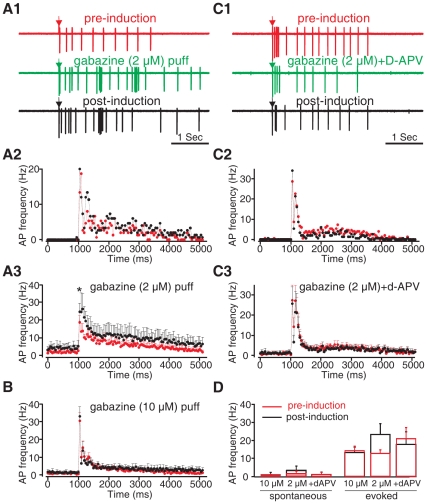Figure 4. Glomerular disinhibition induced MC spike potentiation and was dose- and D-APV dependent.
A1-A3. 2 µM gabazine (GABAA antagonist) induced MC spike potentiation following TBS. A1 . Single MC spiking patterns in the control condition and in the presence of 2 µM gabazine locally puffed to the glomerular layer. Arrow indicates the time of the single olfactory nerve test stimulus. A2&A3 . Peristimulus spike frequency histograms (binning 50 ms) under the control condition (red) and in the presence of 2 µM gabazine (black) of the example cell in A1 (A2), and of the average of n = 6 cells in the same condition (A3). B . Peristimulus spike frequency histograms showing that a higher dose (10 µM) of gabazine local application failed to induce MC spike potentiation. C1-C3 . D-APV application blocked MC spike potentiation induced by 2 µM gabazine. C1 . Single MC spiking patterns before and 30 min following TBS induction in the presence of a 2 µM gabazine and 500 µM D-APV local puff. C2&C3. Peristimulus spike frequency histograms under the control condition and 20–30 min after TBS induction in the presence of gabazine and D-APV of the example cell in C1 (C2); and of the average of n = 7 cells (C3). D. Histogram comparing mean spike frequencies during the 250 ms intervals before (spontaneous), and after, olfactory nerve stimulation (evoked) under control conditions (red) and 20–30 min post-induction (black). *p<0.05. Error bars, mean±SEM.

